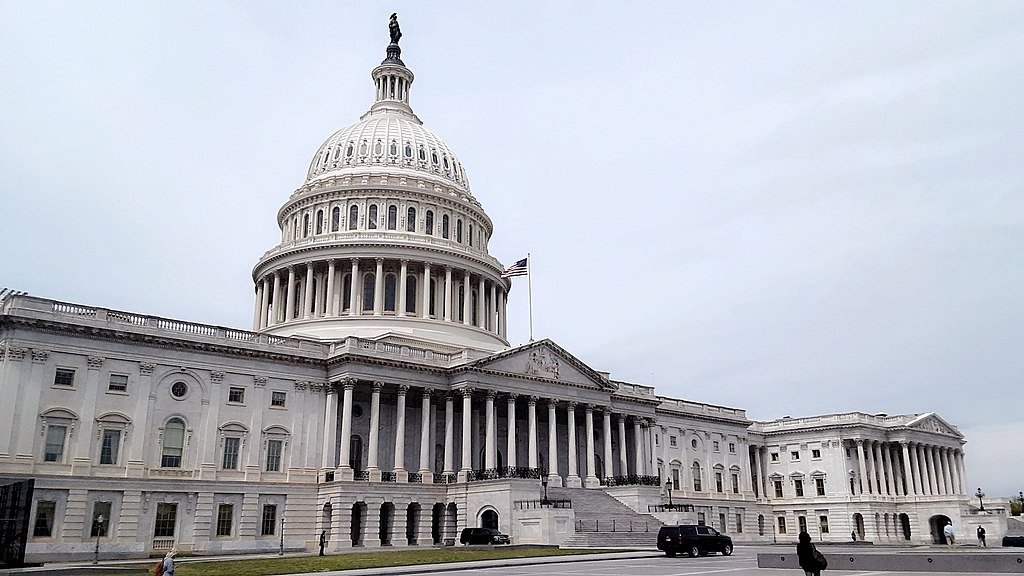Judge Gorsuch on Empathy and Institutional Design
The reception to Judge Neal Gorsuch’s nomination to the Supreme Court has largely overlooked two attributes: 1) Judge Gorsuch’s compassion for the unpopular and vulnerable, and 2) his sense of connection between regard for disfavored groups and respect for the separation of powers. In the latter sense, Judge Gorsuch echoes his former boss, Justice Kennedy—a kinship obscured by the understandable tendency to compare Judge Gorsuch with the late Justice Scalia. However, senators should question Judge Gorsuch closely on a qualified immunity decision, Kerns v.
Published by The Lawfare Institute
in Cooperation With

The reception to Judge Neal Gorsuch’s nomination to the Supreme Court has largely overlooked two attributes: 1) Judge Gorsuch’s compassion for the unpopular and vulnerable, and 2) his sense of connection between regard for disfavored groups and respect for the separation of powers. In the latter sense, Judge Gorsuch echoes his former boss, Justice Kennedy—a kinship obscured by the understandable tendency to compare Judge Gorsuch with the late Justice Scalia. However, senators should question Judge Gorsuch closely on a qualified immunity decision, Kerns v. Bader (2011), in which Judge Gorsuch’s compassion runs to police officers, instead of the innocent man whose house the police searched without a warrant or legal justification.
As an example of the positive side of the ledger for Judge Gorsuch, consider his aversion to retroactive application of administrative rules in Gutierrez-Brizuela v. Lynch (2016). In this case, mentioned in Lawfare’s comprehensive analysis and by Steve Vladeck, the shiny object is Gorsuch’s concurrence critiquing the domination of Chevron deference in administrative law. While the concurrence’s clarion call for more robust judicial review of agency decisions is worth reading, it should not obscure the unassuming virtues of Judge Gorsuch’s majority opinion. Judge Gorsuch couched the latter in human terms, focusing on the reliance interest of a person who has illegally entered the United States. Under the agency’s retroactive application of its rulings, the petitioner would be forced to leave the U.S. for ten years before applying for a visa. However, if the agency’s rulings had only applied prospectively, the petitioner—who had relied on earlier 10th Circuit decisions overruled by the agency pursuant to Chevron and its progeny—would still be eligible for administrative relief and lawful permanent resident status. Judge Gorsuch refused to countenance the agency’s retroactive denial of this relief.
Rather than disposing of the case through mechanical application of Chevron, Judge Gorsuch placed himself in the shoes of the petitioner, whose illegal entry into the U.S. might have impeded compassion elsewhere. According to Judge Gorsuch, the petitioner shared his predicament with a U.S. citizen or anyone else who ever relied on a court decision, rather than on the vagaries of an “avowedly politicized administrative agent seeking to pursue whatever policy whim may rule the day.” Indulging those whims, Judge Gorsuch warned, “risks endowing a decisionmaker expressly influenced by majoritarian politics with the power to single out disfavored individuals for mistreatment.” As Judge Gorsuch noted in dissenting from the denial of rehearing in United States v. Nichols (2015) (upholding discretion of the Attorney General to set registration requirements for sex offenders convicted before sex offender statute’s enactment), preservation of the separation of powers and checking administrative overreaching are vital to both “our constitutional design” and “the people’s liberty.” In other words, separation of powers is not a bloodless abstraction, but a bulwark for disfavored and despised individuals in a democracy.
This reasoning echoes Justice Kennedy’s opinion in Boumediene v. Bush, holding that Congress could not deprive Guantanamo detainees of access to habeas corpus. Guantanamo detainees, labeled the “worst of the worst” by Donald Rumsfeld, have much in common with the undocumented immigrant and sex offender in Gutierrez-Brizuela and Nichols, respectively. Yet, Justice Kennedy, without opining on the appropriateness of detention per se for any detainee, saw the petitioners in Boumediene as human beings who needed a forum for inquiring about the reasons for their detention and presenting evidence that those reasons were either mistaken or too amorphous to justify their confinement. Habeas on this view addressed a universal human need shared by both the detainees and others facing monolithic majoritarian disdain. Moreover, Kennedy observed, the “pendular swings” prompted by this lack of checks on the political branches would ultimately make the lives of U.S. persons volatile and insecure. In linking institutional design and individual liberty, Judge Gorsuch suggests a kinship with Kennedy’s insight.
A qualified immunity case, Kerns v. Bader (2011), sounds a dissonant note. In Kerns, Judge Gorsuch found that police officers did not violate clearly established Fourth Amendment law when they entered a house without a warrant or consent. Kerns involved fraught facts: police officers searched for a sniper who had shot down a police helicopter. Here, however, Judge Gorsuch conferred his empathy on the police, not the wrongly accused Mr. Kerns. Judge Gorsuch’s gift for narrative compounded this asymmetry. Putting himself in the position of the police officers shaken up by the helicopter incident, Judge Gorsuch sketched the scene at Mr. Kerns’ residence in shadowy tones worthy of Alfred Hitchcock: “a door was ajar, music was playing, no lights were on.” Another detail recounted by Judge Gorsuch sealed the deal: a “silverdollar-sized hole … shattering concentrically outward” in one of the windows. Given this vivid description, it’s hard to fathom any conclusion but the officers’ inference that the hole in the window was a bullet-hole, perhaps one made by the same sniper who had brought down the police helicopter. Against this chilling backdrop, searching the house seems a natural next step.
The reader only learns the mundane truth later in Judge Gorsuch’s statement of facts: it turns out that the hole in the window was made by an errant golf ball. Mr. Kerns, although he was eventually indicted, had nothing to do with the attack on the helicopter, and the charges were ultimately dismissed. Upon reflection, the police could have secured the outskirts of Mr. Kerns’ house, called for backup, and gotten a warrant. In fact, little reflection should have been required; beyond the film noir details highlighted in Judge Gorsuch’s narrative, there was little or no tangible evidence connecting Kerns or his home to the helicopter attack. In other words, this was a clear Fourth Amendment violation.
The district court found this, and therefore made quick work of the police officers’ claim that no clear precedent contravened their actions. However, Judge Gorsuch refused to credit the finding of the court below, remanding for a more detailed set of findings on the this point of law, already clearly established. While a subsequent 10th Circuit case reinforced the result in Kerns and prodded the district court on remand to grant summary judgment to the police officers, one comes away from Judge Gorsuch’s opinion with a nagging sense that only jack-booted thugs using a battering ram on Shirley Temple’s summer cottage would have lost their qualified immunity if Judge Gorsuch was on the panel.
Democratic senators on the Judiciary Committee should probe Judge Gorsuch on the Kerns case. But they should also heed his compassion and zeal for agency accountability. Those virtues are worthy of acknowledgment in any political season.




